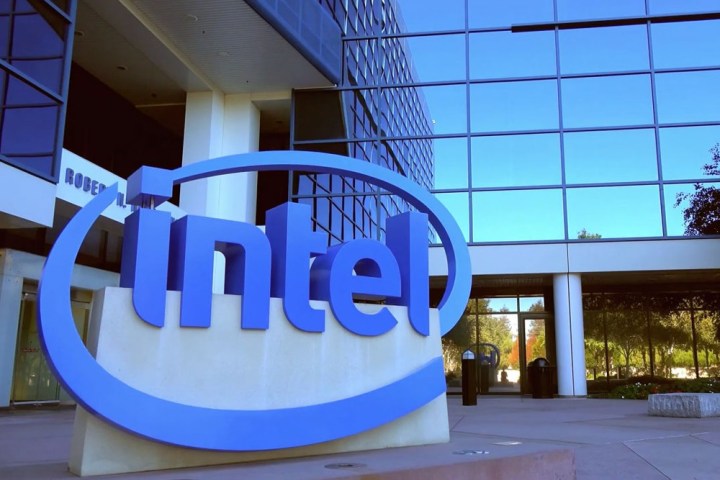
That leads us to a leak of specifications provided by support documentation for Micro-Star International motherboards used in workstations. Eight unannounced Xeon processors were discovered sporting four cores, 8MB of L3 cache, and maximum power draws of 72 and 73 watts, depending on the chip. The flagship model in this group supposedly has a base clock speed of 3.9GHz, but no integrated graphics component.
Here they are:
| Cores | Threads | Base Speed |
L3 Cache |
Integrated Graphics |
GPU Speed |
TDP | |
| Xeon E3-1280 v6 | 4 | 8 | 3.9GHz | 8MB | No | N/A | 72 watts |
| Xeon E3-1275 v6 | 4 | 8 | 3.8GHz | 8MB | Intel HD P630 | Up to 1,150MHz |
73 watts |
| Xeon E3-1270 v6 | 4 | 8 | 3.8GHz | 8MB | No | N/A | 72 watts |
| Xeon E3-1245 v6 | 4 | 8 | 3.7GHz | 8MB | Intel HD P630 | Up to 1,150MHz |
73 watts |
| Xeon E3-1240 v6 | 4 | 8 | 3.7GHz | 8MB | No | N/A | 72 watts |
| Xeon E3-1230 v6 | 4 | 8 | 3.5GHz | 8MB | No | N/A | 72 watts |
| Xeon E3-1225 v6 | 4 | 4 | 3.3GHz | 8MB | Intel HD P630 | Up to 1,150MHz |
73 watts |
| Xeon E3-1220 v6 | 4 | 4 | 3.0GHz | 8MB | No | N/A | 72 watts |
As the chart shows, the processors with integrated graphics have a maximum power draw of 73 watts (or 78 watts, depending on the source) while the GPU-free chips sip 72 watts of power. The previous v5 generation consumed around 80 watts of power, so users will see a performance boost at a reduced power cost with these upcoming v6 chips.
The listed processors packed with integrated graphics are using the “professional” version of the Intel HD Graphics 630 component used in Intel’s new desktop processors for the mass market, hence the ‘P’ in the name. It is based on Intel’s Gen9 graphics architecture supporting a maximum resolution of 4,096 x 2,304 at 60Hz via DisplayPort, H.265 encode and decode, and more. The base graphics speed may be around 350MHz as seen with the Core i7-7700K for desktops.
Right now, the CPU turbo speeds of the upcoming E3-1200 v6 series are unknown, but here is a comparison between the v5 and v6 models related to their base speeds and maximum power draw:
| Base Speed v5 |
Base Speed v6 |
TDP v5 |
TDP v6 |
|
| Xeon E3-1280 | 3.7GHz | 3.9GHz | 80 watts | 72 watts |
| Xeon E3-1275 | 3.6GHz | 3.8GHz | 80 watts | 73 watts |
| Xeon E3-1270 | 3.6GHz | 3.8GHz | 80 watts | 72 watts |
| Xeon E3-1245 | 3.5GHz | 3.7GHz | 80 watts | 73 watts |
| Xeon E3-1240 | 3.5GHz | 3.7GHz | 80 watts | 72 watts |
| Xeon E3-1230 | 3.4GHz | 3.5GHz | 80 watts | 72 watts |
| Xeon E3-1225 | 3.3GHz | 3.3GHz | 80 watts | 73 watts |
| Xeon E3-1220 | 3.0GHz | 3.0GHz | 80 watts | 72 watts |
Comparing the two generations together, five of the new v6 models are 200MHz faster than the previous v5 models while reducing the maximum power draw in the process. These new chips are based on Intel’s 14nm Plus process technology, which is an optimized version of 14nm-based manufacturing enabling higher frequencies and a better power efficiency. On a more detailed level, 14nm Plus provides a higher fin height and a larger pitch so the transistors aren’t quite so packed together.
Intel has not stated exactly when the new Xeon E3-1200 v6 processors will arrive, or for how much. In the meantime, the list of leaked Xeon processors can be found here until MSI pulls the plug on the info.


